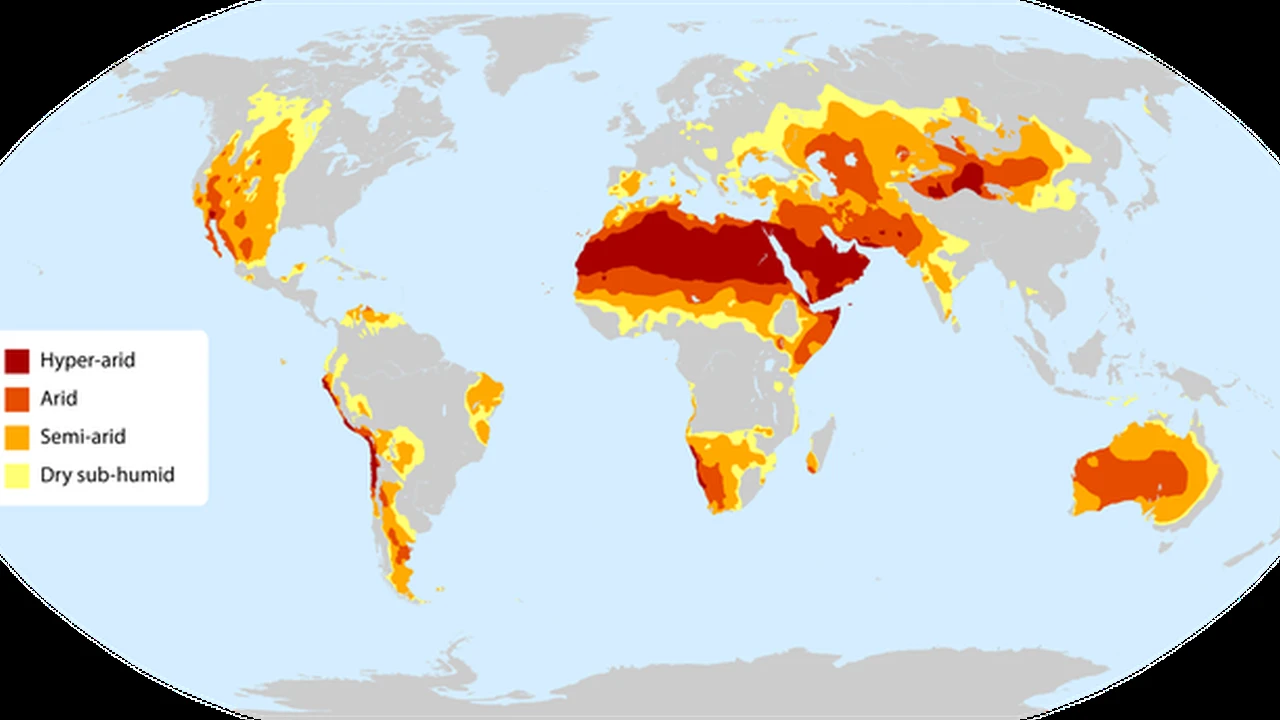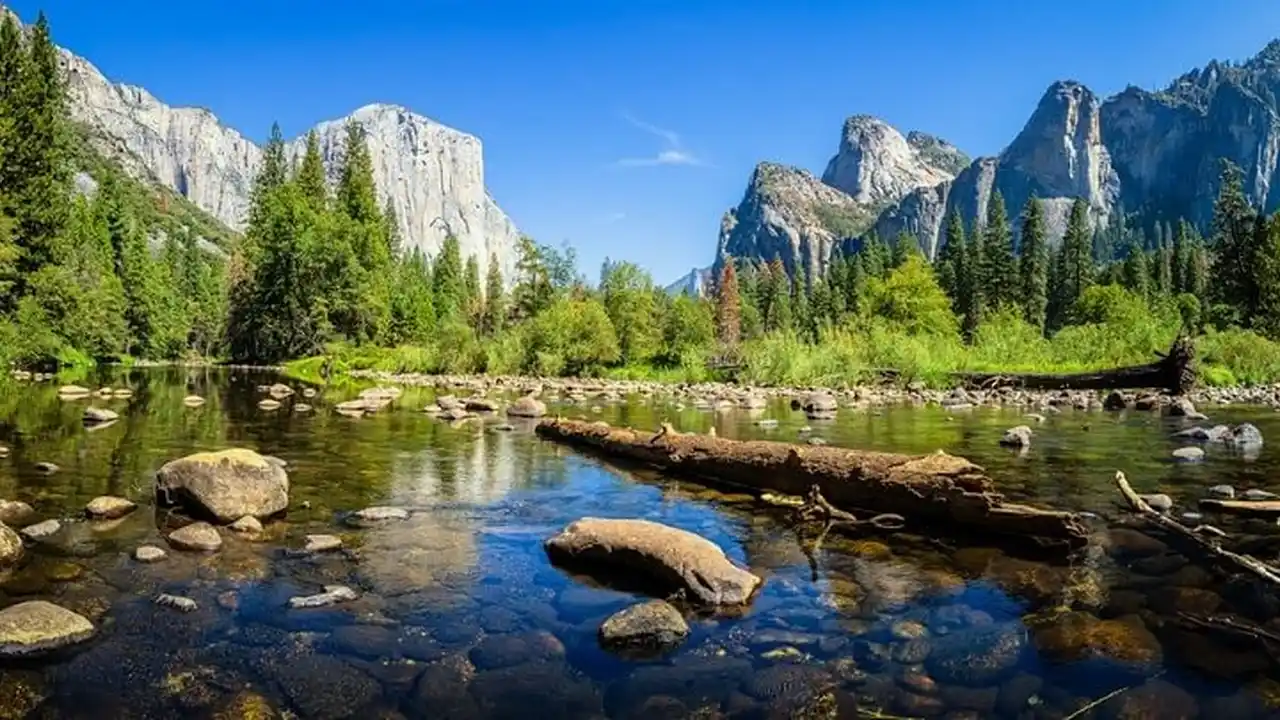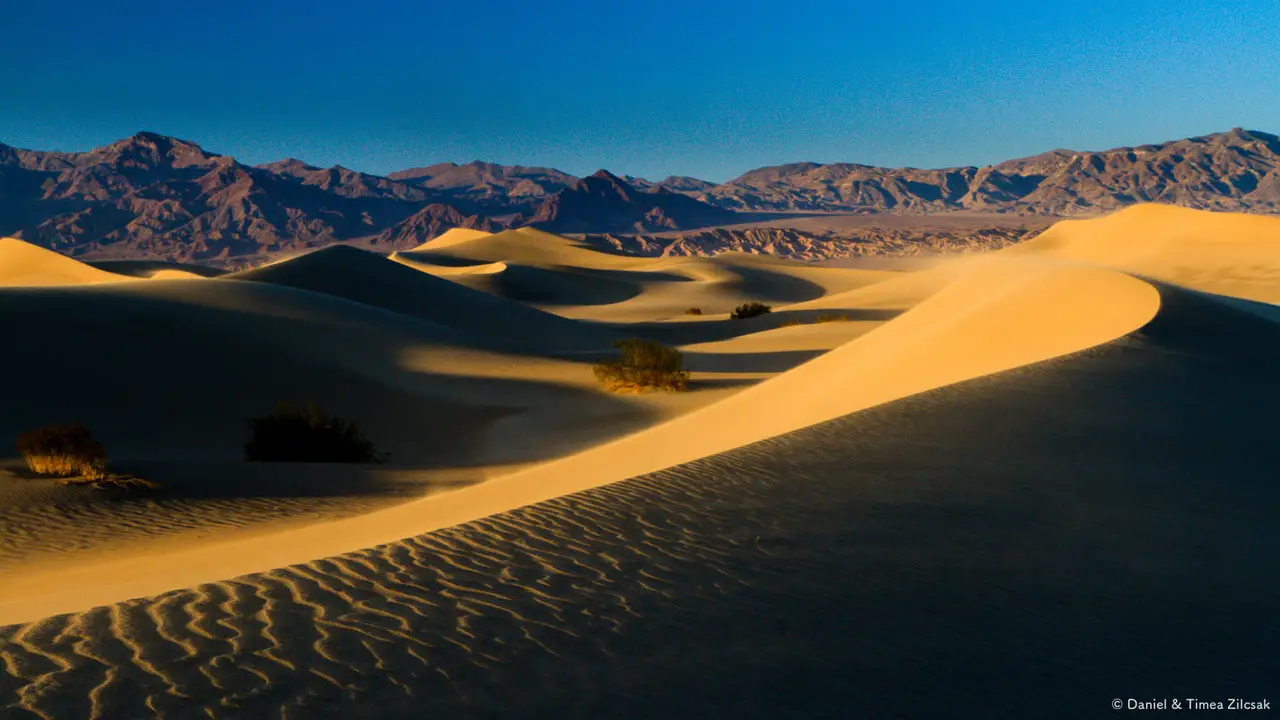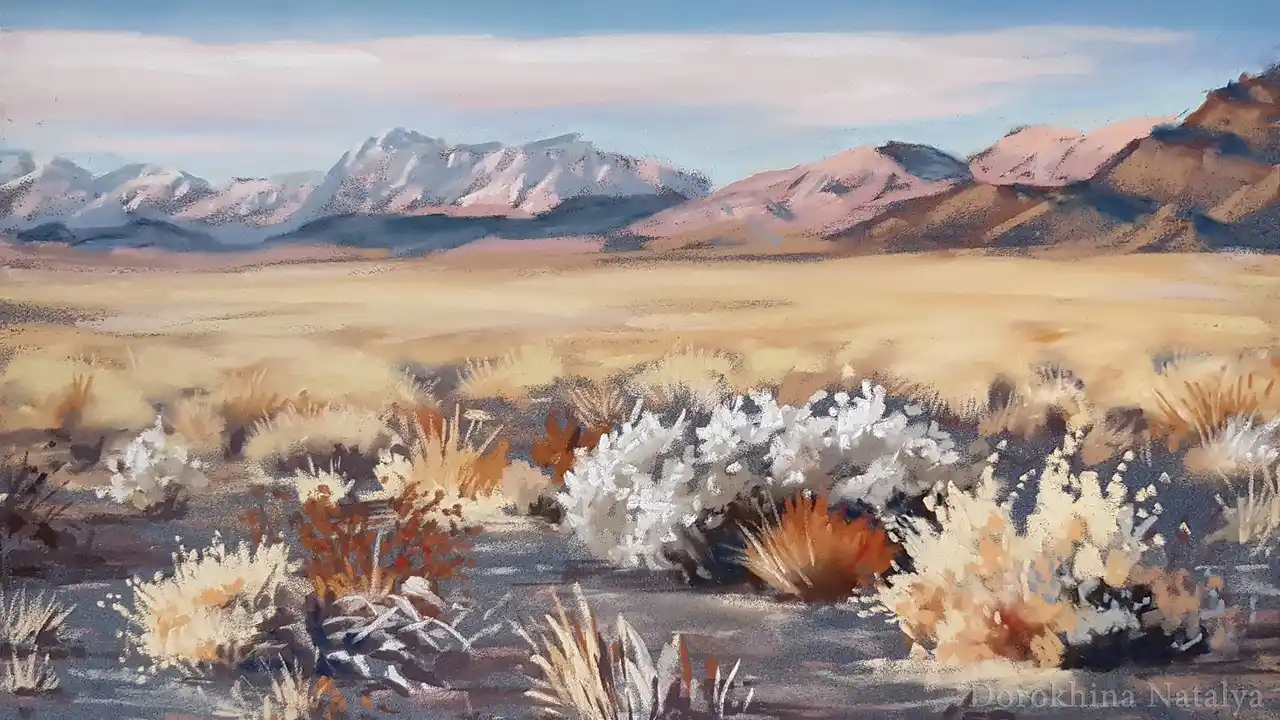Big Sur_ Rugged Coastline of Central California

Redwood National and State Parks boast ancient forests, rugged coastlines, and diverse wildlife, offering unparalleled opportunities for exploration and adventure in Northern California.
Redwood National Park A Journey Through Time
Imagine stepping into a world where giants reign, where the air is thick with the scent of damp earth and ancient wood. That's Redwood National Park, a sanctuary for the tallest trees on Earth, the coast redwoods (Sequoia sempervirens). This isn't just a park; it's a living testament to the power and resilience of nature, a place where you can truly disconnect and reconnect with the natural world.
The park encompasses not only the towering redwood forests but also stretches along the rugged coastline of Northern California, offering a diverse range of ecosystems to explore. From lush fern gullies to dramatic sea stacks, Redwood National Park is a photographer's paradise and an adventurer's dream.
Understanding the Coast Redwood Trees Magnificent Giants
The coast redwood is a true marvel of the natural world. These trees can live for hundreds, even thousands, of years, reaching heights of over 350 feet. Their massive trunks, covered in thick, fire-resistant bark, support a dense canopy that filters sunlight and creates a unique microclimate on the forest floor.
What makes these trees so special? Several factors contribute to their longevity and size. Firstly, their bark is incredibly thick and contains tannins, which protect them from fire and insect damage. Secondly, they have a unique ability to sprout from their roots, allowing them to regenerate even after being damaged by fire or wind. Finally, they thrive in the cool, moist climate of the Northern California coast, which provides them with the abundant water they need to grow.
Exploring the Redwood Forest Hiking Trails and Scenic Drives
Redwood National Park offers a variety of ways to explore its magnificent forests. Hiking is undoubtedly one of the best ways to immerse yourself in the redwood environment, with trails ranging from easy strolls to challenging climbs.
Lady Bird Johnson Grove: This easy, paved loop trail is perfect for families and those with limited mobility. It winds through a grove of towering redwoods, offering stunning views and interpretive signs that explain the history and ecology of the forest.
Tall Trees Grove: This more challenging trail leads to a grove of some of the tallest trees in the world. A permit is required to access this trail, as it is located in a sensitive area. The hike down to the grove is steep, but the reward of standing among these giants is well worth the effort.
Fern Canyon: Made famous by its appearance in the movie "Jurassic Park: The Lost World," Fern Canyon is a truly unique and unforgettable experience. This narrow canyon is lined with lush ferns, creating a magical and otherworldly atmosphere. Be prepared to get your feet wet, as you'll be wading through a shallow stream to explore the canyon.
For those who prefer to explore by car, Redwood National Park offers several scenic drives that provide stunning views of the forests and coastline. The Newton B. Drury Scenic Parkway is a particularly beautiful drive, as it winds through a grove of old-growth redwoods, offering glimpses of the towering trees towering overhead.
Coastal Wonders Beaches and Tide Pools of Redwood National Park
Redwood National Park isn't just about the trees; it also boasts a stunning coastline with rugged cliffs, sandy beaches, and fascinating tide pools. Exploring the coast is a must-do for any visitor to the park.
Enderts Beach: This secluded beach is a great place to escape the crowds and enjoy the peace and quiet of the coast. At low tide, you can explore the tide pools and discover a variety of marine life, including sea stars, anemones, and crabs.
Crescent Beach: This long, sandy beach is perfect for walking, sunbathing, and picnicking. It's also a popular spot for whale watching, especially during the migration season.
Gold Bluffs Beach and Fern Canyon: Combining the inland wonder of Fern Canyon with the rugged beauty of Gold Bluffs Beach makes for a truly unforgettable experience. You can even drive your car right onto the beach (check tide charts and park regulations first!).
Wildlife Encounters in Redwood National Park Observing Native Species
Redwood National Park is home to a diverse array of wildlife, from Roosevelt elk to black bears to a variety of birds. Keep your eyes peeled, and you might just spot some of these fascinating creatures during your visit.
Roosevelt Elk: These majestic animals are a common sight in Redwood National Park, often seen grazing in meadows or along the coast. Keep a safe distance and avoid approaching them, as they are wild animals.
Black Bears: While less common than elk, black bears do inhabit Redwood National Park. Be sure to store your food properly to avoid attracting them to your campsite or car.
Birds: Redwood National Park is a birdwatcher's paradise, with a variety of species to be seen, including marbled murrelets, spotted owls, and bald eagles. Bring your binoculars and keep an eye out for these feathered friends.
Redwood National Park Planning Your Trip Essential Information
Planning a trip to Redwood National Park requires some preparation. Here's some essential information to help you make the most of your visit:
Best Time to Visit: The best time to visit Redwood National Park is during the spring or fall, when the weather is mild and the crowds are smaller. Summer can be crowded, and winter can be rainy and cold.
Accommodations: Redwood National Park offers a variety of accommodations, including campgrounds, hotels, and cabins. Reservations are highly recommended, especially during peak season.
Permits and Reservations: Some activities in Redwood National Park require permits or reservations, such as camping and hiking in certain areas. Check the park's website for more information.
What to Pack: Be prepared for all types of weather when visiting Redwood National Park. Pack layers of clothing, including a waterproof jacket, as well as comfortable hiking shoes, sunscreen, and insect repellent.
Gear Up for Adventure Recommended Products for Exploring Redwood National Park
To fully enjoy your Redwood National Park experience, consider investing in some quality gear. Here are some recommended products and their uses:
Hiking Boots: Salomon X Ultra 4 GTX
Use Case: Essential for navigating the varied terrain of Redwood National Park, from paved trails to muddy forest floors. The Salomon X Ultra 4 GTX provides excellent traction, support, and waterproofing.
Product Details: Gore-Tex membrane for waterproof and breathable protection, Contagrip outsole for superior grip, and Advanced Chassis for stability and support.
Pricing: Approximately $150 - $180.
Binoculars: Vortex Optics Diamondback HD 8x42
Use Case: Ideal for wildlife viewing and birdwatching in Redwood National Park. The Vortex Diamondback HD 8x42 offers excellent clarity and magnification.
Product Details: HD Optical System for exceptional resolution, fully multi-coated lenses for bright images, and waterproof and fogproof construction.
Pricing: Approximately $200 - $250.
Waterproof Jacket: Arc'teryx Beta AR Jacket
Use Case: Essential for protection from rain and wind in Redwood National Park's often unpredictable weather. The Arc'teryx Beta AR Jacket is a durable and versatile waterproof jacket.
Product Details: Gore-Tex Pro membrane for superior waterproof and breathable protection, helmet-compatible hood, and articulated design for freedom of movement.
Pricing: Approximately $600 - $700.
Headlamp: Black Diamond Spot 400
Use Case: Essential for hiking in the dark or exploring caves and canyons in Redwood National Park. The Black Diamond Spot 400 provides reliable and bright illumination.
Product Details: 400 lumens of brightness, PowerTap Technology for instant brightness adjustment, and waterproof and dustproof construction.
Pricing: Approximately $40 - $50.
Backpack: Osprey Atmos AG 65
Use Case: Ideal for carrying gear on longer hikes in Redwood National Park. The Osprey Atmos AG 65 provides comfortable support and ample storage space.
Product Details: Anti-Gravity suspension for comfortable carrying, adjustable torso length, and multiple pockets and compartments for organization.
Pricing: Approximately $250 - $300.
Product Comparison Choosing the Right Gear for Your Needs
Choosing the right gear can significantly enhance your Redwood National Park experience. Here's a comparison of similar products to help you make the best choice:
Hiking Boots Comparison: Salomon vs. Merrell vs. Keen
Salomon X Ultra 4 GTX: Best for aggressive terrain and demanding hikes. Offers superior traction and support.
Merrell Moab 2 GTX: A more affordable option for moderate hikes. Comfortable and durable, but less supportive than the Salomon.
Keen Targhee III WP: A wider fit option with excellent toe protection. Suitable for hikers with wider feet.
Binoculars Comparison: Vortex vs. Nikon vs. Bushnell
Vortex Optics Diamondback HD 8x42: Excellent clarity and value for the price. A great all-around option.
Nikon Monarch 5 8x42: Slightly sharper images than the Vortex, but more expensive.
Bushnell Legend Ultra HD 8x42: More affordable than the Vortex and Nikon, but image quality is not as good.
Waterproof Jackets Comparison: Arc'teryx vs. Patagonia vs. Marmot
Arc'teryx Beta AR Jacket: The most durable and waterproof option, but also the most expensive.
Patagonia Torrentshell 3L Jacket: A more affordable and sustainable option. Still waterproof and breathable, but not as durable as the Arc'teryx.
Marmot PreCip Eco Jacket: The most affordable option. Lightweight and waterproof, but not as durable or breathable as the Arc'teryx and Patagonia.
Preserving the Redwood Forest Conservation Efforts and Sustainable Practices
Redwood National and State Parks face numerous challenges, including climate change, logging, and invasive species. Conservation efforts are crucial to protecting these magnificent forests for future generations.
Redwood National Park's Conservation Efforts: The park actively works to restore damaged habitats, control invasive species, and educate the public about the importance of redwood conservation.
Sustainable Tourism: When visiting Redwood National Park, practice Leave No Trace principles to minimize your impact on the environment. Stay on designated trails, pack out all trash, and avoid disturbing wildlife.
Supporting Conservation Organizations: Consider donating to organizations that are working to protect redwood forests, such as the Save the Redwoods League.
Beyond the Trees Exploring Nearby Attractions and Activities
While Redwood National Park is the main attraction, there are many other things to see and do in the surrounding area.
Avenue of the Giants: This scenic drive winds through a grove of towering redwoods, offering even more opportunities to admire these magnificent trees.
Trinidad State Beach: A beautiful beach with stunning views of the Pacific Ocean.
Arcata: A charming town with a vibrant arts scene and a weekly farmers market.
Eureka: A historic town with Victorian architecture and a working waterfront.
Planning for the Future Continued Protection of Redwood Ecosystems
The future of Redwood National and State Parks depends on continued conservation efforts and sustainable practices. By working together, we can ensure that these magnificent forests will continue to thrive for generations to come.
Remember to check the official Redwood National and State Parks website for the latest information on park conditions, closures, and regulations before your visit. Enjoy your adventure among the giants!
:max_bytes(150000):strip_icc()/277019-baked-pork-chops-with-cream-of-mushroom-soup-DDMFS-beauty-4x3-BG-7505-5762b731cf30447d9cbbbbbf387beafa.jpg)






